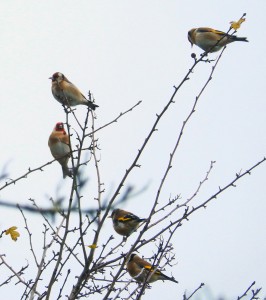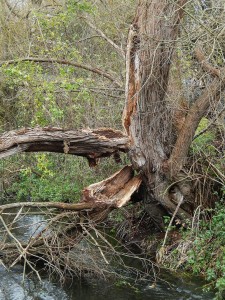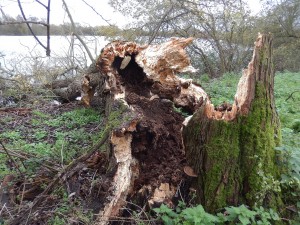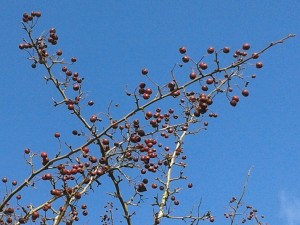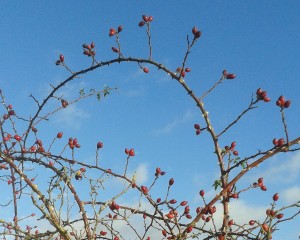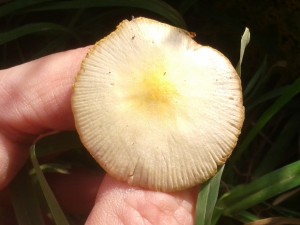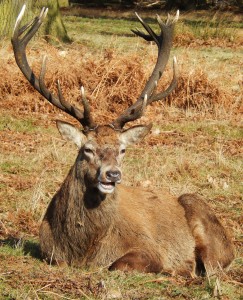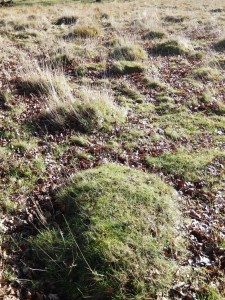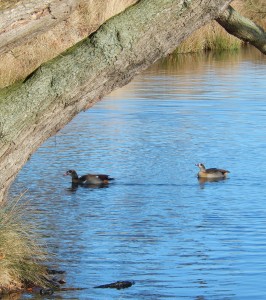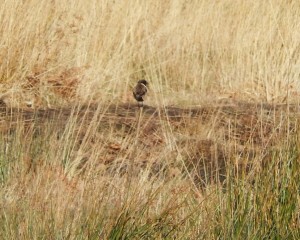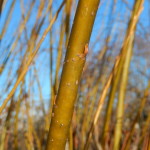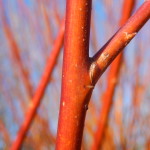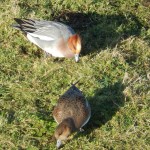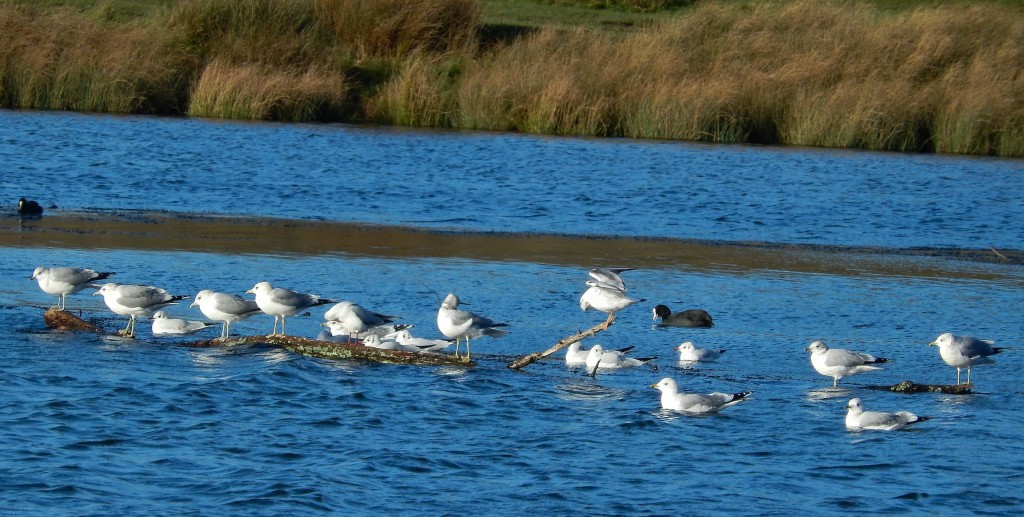
A fine cloudless day, with the jackdaws chasing about in the southwesterly breeze, the edge of Storm Eva that is blowing into the already flooded Northwest of Britain. A few winter ducks on the Pen Ponds – a Wigeon or two, a few dozen Gadwall – but the main surprise was the number of Common Gulls – at least thirty – in little flocks on both of the ponds. They can be seen here to have pale legs and ‘windows’ of white in their black wingtips, unlike the smaller Black-Headed gulls (there are one or two sitting in the water towards the left of the photo) which have very pale backs, no windows, and a black spot behind the eye (when they don’t have their chocolate-brown breeding hood, that is). Perhaps they have come down from the chilly North of Scandinavia to enjoy the very mild weather here.

